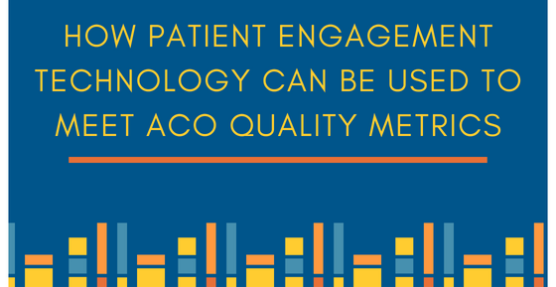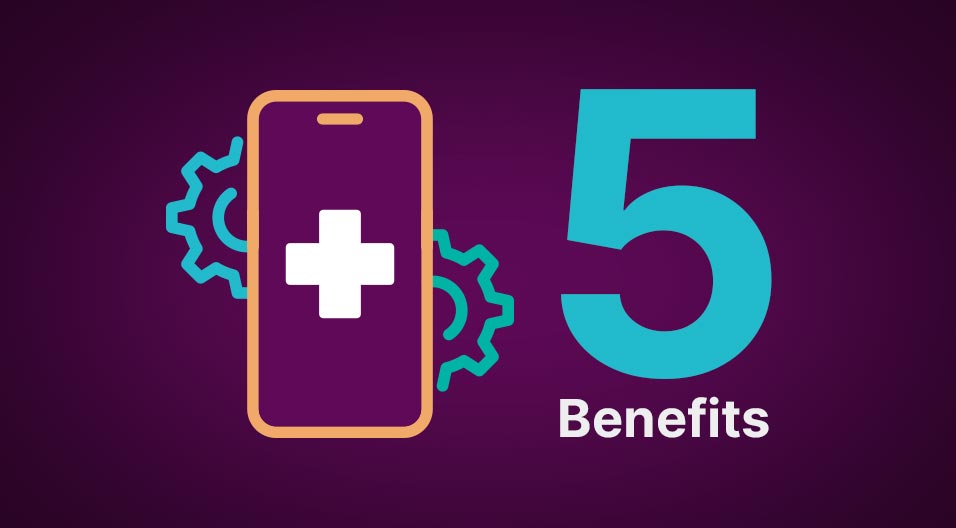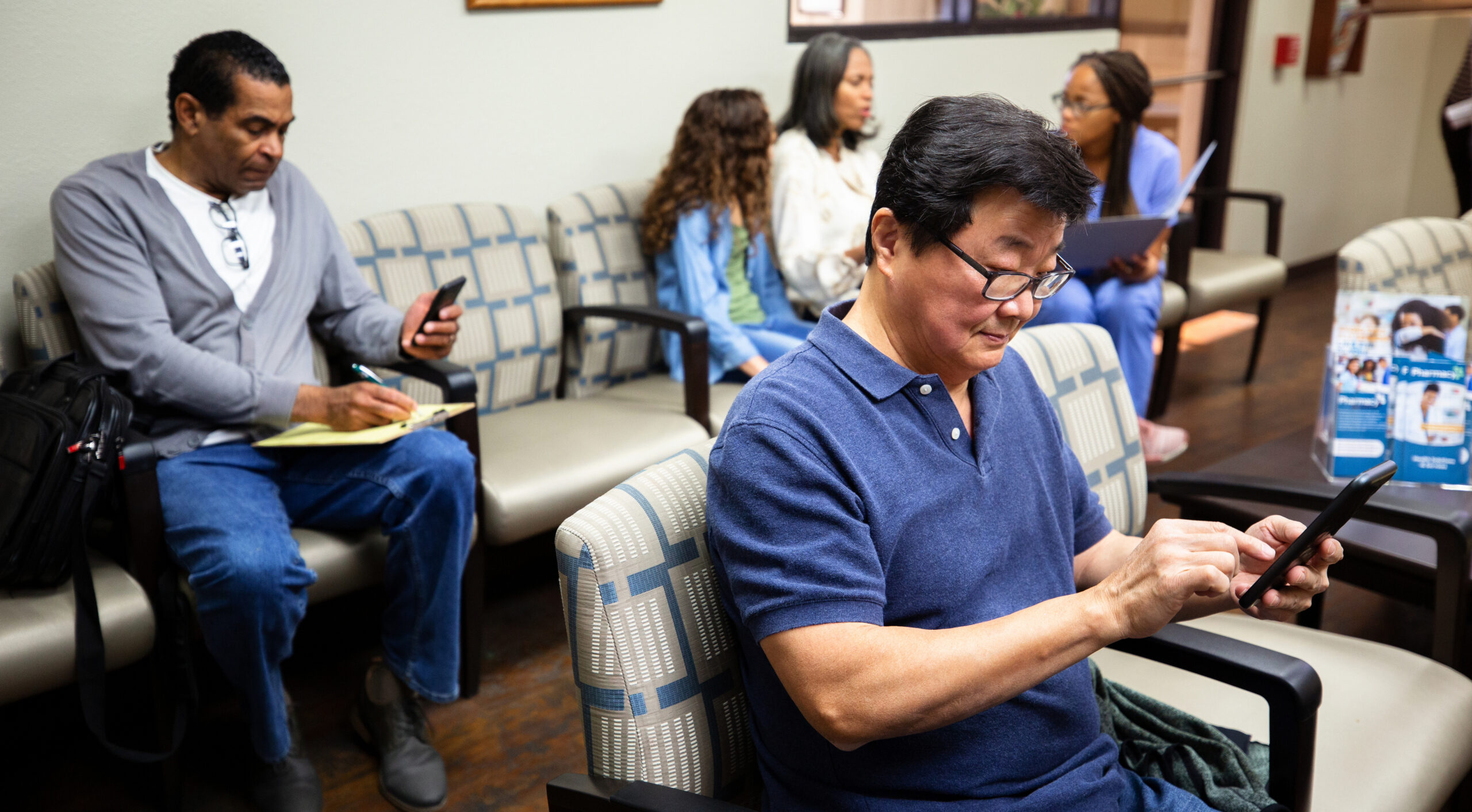Accountable Care Organizations (ACOs) have been at the forefront of driving value in healthcare. Through provider collaboration and information sharing, ACOs are positioned to manage the care of patients throughout their entire care journeys. With more than 500 ACOs across the United States, there are many opportunities to advance quality care and provide much-needed value into the American healthcare ecosystem.
While ACOs have immense potential, they still face major obstacles in making lasting achievements. Similar to many providers and managed care organizations, ACOs struggle to incorporate data from disparate sources. However, as new regulations encourage data sharing, ACOs will have access to a wealth of patient information that can be leveraged to target patients for quality improvement initiatives. Even as accountable care organizations move towards more unified systems, there are many ways that patient engagement technology can be used to meet quality metrics.
Addressing the Data Lag
The first challenge in meeting ACO quality metrics is often knowing which patients to engage in their care to close gaps in care and meet benchmarks. With lagging claims data and disparate data sources, simply knowing what quality metrics should be prioritized is a hurdle many ACOs face.
Instead of waiting for retroactive claims data, patient engagement technology can be used to combine information from multiple data sources. This can help proactively identify where resources will be best utilized to help maximize potential savings and reimbursements. By integrating with multiple systems that span the patient’s journey, ACOs can leverage the information to deploy programs that close gaps in care before a quality benchmark is missed.
Closing Gaps in Care
One of the most effective uses of patient engagement technology is to close gaps in care. With many quality metrics relying on improving outcomes, targeting patients with tailored education and surveys will help drive desired outcomes.
One example of a care gap patient engagement program would be ensuring patients with cardiovascular disease are being monitored and are under control. By reaching out to patients with reminders of why, when, and where they can get relevant care, ACOs are more likely to get patients to take control of their disease and avoid adverse events. With automated outreach, resources can be leveraged efficiently with the initial outreach being performed by the technology and relying on manual resources only once a patient has engaged with the program. This drives resources efficiency and helps ensure all eligible patients receive important reminders and education.
Reporting on Progress
Once patients have been identified for engagement and the gaps in care have been closed, leveraging reports can be used to ensure quality benchmarks are met and that savings are maximized. Over time, the aggregate data can be used to understand where resources are most needed and the engagement programs that produce the greatest results.
As ACOs are increasingly held accountable for driving value and reducing the overall cost of care, patient engagement technology will play a large role in achieving results in a cost-effective way. Implementing patient engagement solutions that help to address multiple quality metrics will help ensure both short and long-term success even amidst regulatory uncertainty. The biggest gains will first come from addressing the data lag, engaging key patient populations, and identifying actionable trends for improvement.
To learn more about how patient engagement is playing a role in the future of healthcare, we invite you to access these resources:








